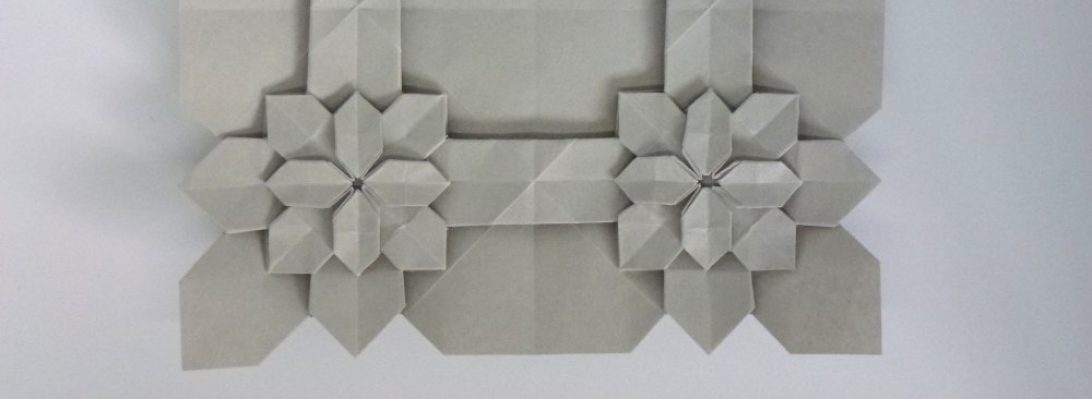Those who know me realise I am just back from nearly 7 weeks in Europe. When asked how my jetlag is going, it is difficult to put the answer into words:

Spending so long in a different time zone, and getting good at waking early, being on the go to many and varied locations, then being subjected to 29ish hours transit to return to the other side of the planet is always a struggle, but this time it seems to have been worse. Bouts of fatigue followed by being wide awake at 3:30am are exhausting, as is my numb and seemingly empty brain.

This is my test fold of a new Boice Wong design. Boice is a crazy talented origami designer who released 2 versions of this model while I was overseas. He graciously released the CPs (crease patterns) and … they did not look too hard … but have taken nearly a week to decipher with my head in it’s current state.
Entitled “Empty Head 32×32 grid”, this is the first of 2 models in this series I intend to try, and feel a little guilty using up a blog number on the test fold, but I am so happy with how this little guy turned out I thought why not. When I have both figures, I will post again using a new blog number.
Continue reading


